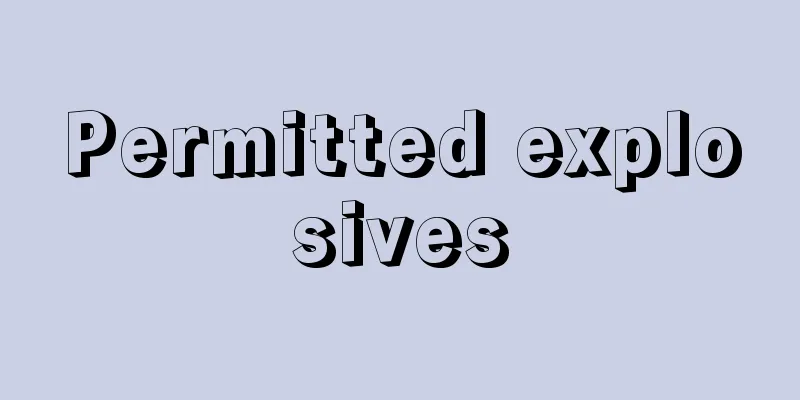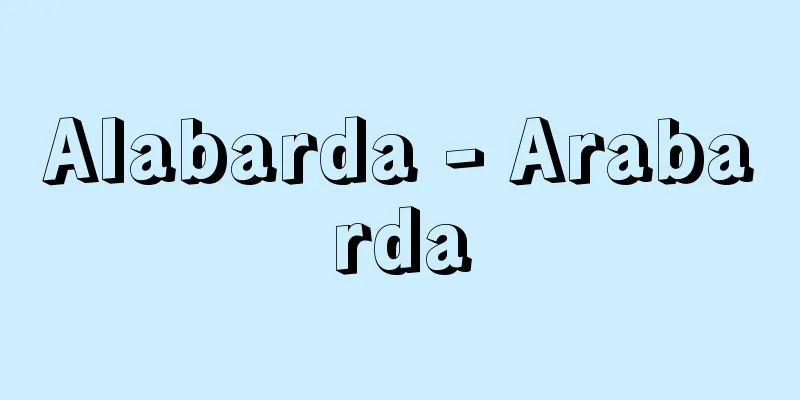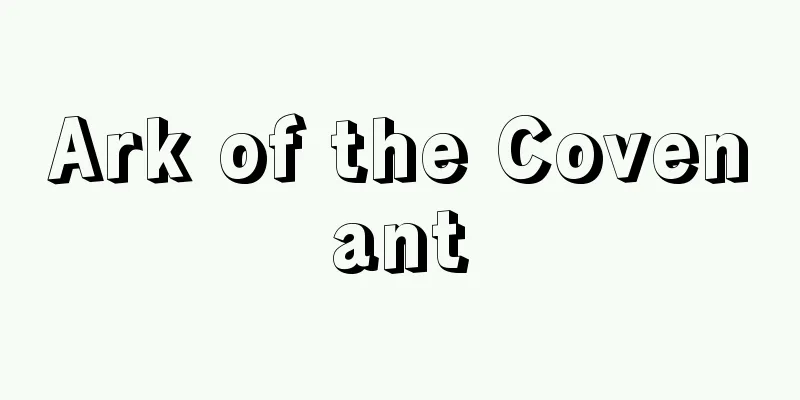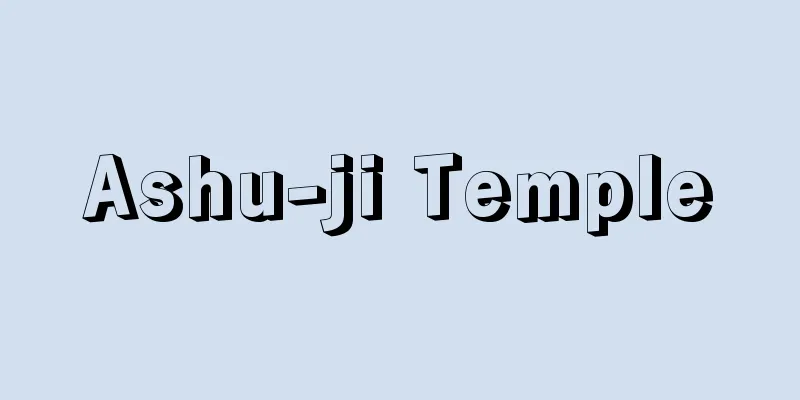Permitted explosives

|
This is an explosive for coal mines that has passed safety tests (tunnel tests) to ensure that natural gas and coal dust inside the mine do not ignite during blasting. It is made mainly of ammonium nitrate and contains a heat reducing and flame retardant. Flammable methane gas and coal dust exist inside coal mines. When explosives are used for blasting, these gases and coal dust can ignite, causing an explosion inside the mine. To prevent such disasters, explosives used in coal mines were required to pass inspection. However, the inspection system was abolished in 2005, and the test method described in JIS K4811 (2009) of the Japanese Industrial Standards (JIS) is now used. The property of an explosive that does not ignite mine gas or coal dust is called safety. [Tadao Yoshida and Shingo Date] Tunnel testingMine explosions can be prevented by lowering the temperature of the particles and gases when explosives explode. Additives that have this effect are heat reducing and flame retardants, and salt is used. Safety tests are carried out through tunnel tests. The tunnel test equipment consists of a tunnel and a mortar. There are four types of tests for gas tests and three for coal dust tests. The most dangerous explosive is the 400 gram calibration explosive used in the 400 gram mortar test (direct detonation), and the safest explosive is the EqS-II explosive used in the 300 gram grooved mortar test. In the gas test method A or coal dust test method A, a specified amount of 9% methane gas or coal dust is scattered or suspended in the test tunnel, and 400 grams or 600 grams of explosives loaded into a mortar simulating a charge hole are detonated. The detonator is attached so as to ensure normal detonation. As a result, the test is considered to have passed if there is no ignition in 10 (gas) or 5 (coal dust) tests. It is known that the more explosives there are, the easier it is to ignite, and that reverse detonation (a detonation method in which the parent die is placed near the mouth of the charge row in the blast hole. Parent die = a cartridge with a detonator attached. Industrial explosives wrapped in cartridge paper or filled in paper tubes, synthetic resin, etc.) is easier to ignite. In the Gas Test B or Coal Dust Test B, EqS-I or EqS-II explosives are used, and the detonator is set so as to reverse detonate. In the Gas Test C or Coal Dust Test C, EqS-II explosives, which are safer than EqS-I explosives, are used, and the explosive sample is detonated by placing it on a groove in a grooved mortar. The grooved mortar is used to expose the explosive case to the air so that ignition is more likely to occur. In the Gas Test D, the detonator is used, and the explosion chamber is filled with a specified concentration of methane, and the detonator is detonated to check whether the gas ignites. [Tadao Yoshida and Shingo Date] "Industrial Explosives, New Edition (1989), edited and published by the Japan Industrial Explosives Society Materials Editorial Department" ▽ "Energy Materials Handbook, Second Edition (2010, Kyoritsu Shuppan), edited by the Explosives Society and supervised by Tamura Shozo" ▽ "Explosives Science, First Edition (2012, Japan Explosives Society), edited by the Japan Explosives Society Materials Editorial Department" [Reference item] |Source: Shogakukan Encyclopedia Nipponica About Encyclopedia Nipponica Information | Legend |
|
発破(はっぱ)の際に炭鉱の坑内の天然ガスや炭塵(たんじん)に着火することのないように、安全度の試験(坑道試験)に合格した炭鉱用爆薬。硝酸アンモニウムを主剤とし、減熱消炎剤を含有している。 炭鉱の坑内には可燃性のメタンガスや炭塵が存在する。火薬類による発破の際にこれらのガスや炭塵に引火して坑内爆発がおこることがある。このような災害を防止するために、炭鉱で使う爆薬には検定に合格することが義務づけられていた。しかし、2005年(平成17)に検定制度が廃止され、現在では日本工業規格(JIS(ジス))のJIS K4811(2009)に記載されている試験法が用いられている。なお、坑内ガスまたは炭塵に着火させない爆薬の性質を安全度という。 [吉田忠雄・伊達新吾] 坑道試験爆薬の爆発の際の粒子やガスの温度を下げることによって坑内爆発をおこさないようにすることができる。このような効果をもつ添加物が減熱消炎剤で、食塩が使われている。安全度の試験は坑道試験によって行われる。坑道試験装置は坑道と臼砲(きゅうほう)からなっている。試験の種類は、ガス試験では4種類、炭塵試験では3種類あり、もっとも危険な爆薬は、400グラム臼砲試験(正起爆)に用いる400グラム検定爆薬、もっとも安全度の高い爆薬は300グラム溝切り臼砲試験に用いるEqS-Ⅱ爆薬である。 ガス試験A法または炭塵試験A法では、試験坑道の中にメタンガス9%または炭塵を所定量散布あるいは浮遊させて、装薬孔を模擬した臼砲に装填(そうてん)した400グラムまたは600グラムの爆薬を起爆する。なお、雷管は正起爆となるように装着する。その結果、10回(ガス)または5回(炭塵)実験して1回も着火しなかった場合を合格とする。爆薬量が多いほど着火しやすく、正起爆(発破孔内の装薬列において、親(おや)ダイを口元側に置く起爆法。親ダイ=雷管を取り付けた薬包。産業爆薬を薬包紙で巻き、または紙筒、合成樹脂等に充填したもの)より逆起爆(発破孔内の装薬列において、親ダイを主として孔底の近くに置く起爆法)のほうが着火しやすいことが知られている。ガス試験B法または炭塵試験B法では、EqS-Ⅰ爆薬またはEqS-Ⅱ爆薬を対象とし、雷管は逆起爆になるように装着する。ガス試験C法または炭塵試験C法では、EqS-Ⅰ爆薬よりも安全なEqS-Ⅱ爆薬を対象とし、溝切り臼砲上の溝の上に爆薬試料を置いて起爆する。ここで、溝切り臼砲は、着火がよりおこりやすいように爆薬包を空気中に露出させるために使用している。なお、ガス試験D法では、雷管が対象であって、爆発室に所定の濃度のメタンを充填し、雷管を起爆して、ガスの引火の有無を調べる。 [吉田忠雄・伊達新吾] 『日本産業火薬会資料編集部編・刊『産業火薬』新版(1989)』▽『火薬学会編、田村昌三監修『エネルギー物質ハンドブック』第2版(2010・共立出版)』▽『日本火薬工業会資料編集部編『火薬学』初版(2012・日本火薬工業会)』 [参照項目] |出典 小学館 日本大百科全書(ニッポニカ)日本大百科全書(ニッポニカ)について 情報 | 凡例 |
>>: Limited Approval - Limited Approval
Recommend
Mastermind - Kuromaku
A kabuki term. One of the stage props. It is a cu...
Sarape (English spelling)
A type of men's shawl used mainly in northern ...
Shintaro Nakaoka
A patriot of the anti-shogunate faction at the en...
Penalties related to Cabinet Orders, Ministerial Orders, Prefectural Orders, and Police Orders - Penalties related to Cabinet Orders, Ministerial Orders, Prefectural Orders, and Police Orders
… [History and issues] Legislation of this kind d...
Hot thigh - hard
… [Japanese manufacturing history] The first ham ...
IC operational amplifier - IC operational amplifier
…There are two types of DC amplifiers: those that...
Type 38 rifle
This rifle was established by the Imperial Japane...
Exposure - Roshutsu (English spelling)
The operation of shining light for a certain perio...
Human - Human
[1] 〘Noun〙① A Buddhist term. One of the six realms...
Miami - Maiami (English spelling) Miami
A tourist and resort city in southeastern Florida...
Aizu Matsudaira Clan
The remaining 10 families are as follows: Iwami, ...
Mahe
…It is located about 150 km south-southwest of Ma...
Abu Muhammad Abd Allah - Abu Muhammad Abd Allah
…He was born into the wealthy and influential fam...
Syncytium
...the cell membrane of two or more adjacent cell...
Central City
A tourist destination in the north-central part of...









